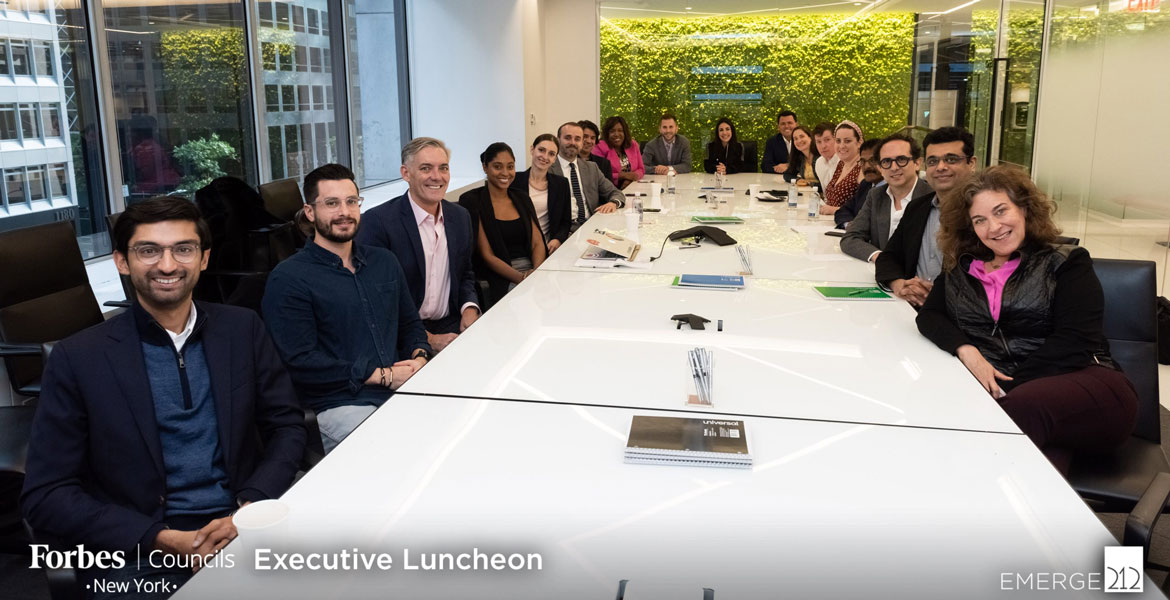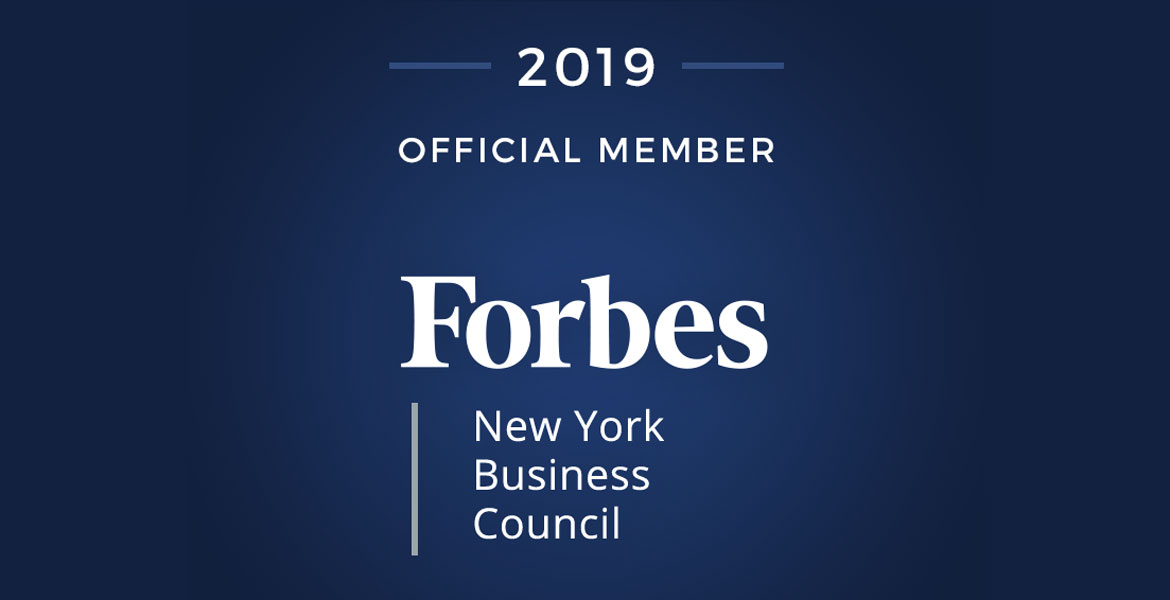Digital personalization is about using insights on consumer behavior to deliver tailored value.
The holy grail of marketing would be to actionably understand individuals’ conscious and subconscious desires, interests, and needs, as well as the factors that drive each person’s decision making process. With this, we could more seamlessly predict consumers’ intent and model out value propositions that align with such proclivities in order to deliver them in the right place and at the right time. The modes by which we are able to gain a semblance of this understanding today are by asking consumers about their demands directly, soliciting those who know them well, and observing their environments and behaviors, both physical and digital. And once we have an understanding, personalization is about using our insights to identify patterns and moments that can be used to tailor one or all of the 4 P’s of the marketing mix (the 4 being product, price, place, and promotion) to the target individual.
With increasing creativity and sophistication in information capture, data analytics, and machine learning, we are progressing towards true mass-personalization becoming a reality at an accelerated pace. With this, below is some inspiration on digital personalization in B2C based on the initiatives of 3 leading brands.
Target
With the objective of targeting the profitable, expecting mother segment, Target took the application of statistics to behavioral analysis to a profound level. The retailer’s statisticians sought to identify changes in women’s purchasing patterns that were indicative of pregnancy so that Target could personalize value at this life stage. Based on their insights, Target found a high correlation between an increase in the purchasing of a distinct set of items, including specific supplements, unscented lotions and soaps, cotton balls, washcloths, and beyond, and pregnancy status. With this, they were able to personalize digital marketing campaigns and coupon offerings for products within the Baby category, tailored to each stage of the pregnancy. Target’s achievement in understanding and personalizing value to both new and repeat mothers marked a triumph in using predictive insights to identify an important life moment and deliver tailored marketing that meets the segment’s needs. While the insights do exist in our databases, it is incumbent upon us as marketers to find the needle in the haystack of data in order to better understand and serve our target customers.
Iberia Airlines
Identifying an opportunity to facilitate gift-giving during the holiday season, Iberia Airlines launched an initiative to creatively solicit customers’ travel-related desires and influence purchase by personalizing gift suggestions to those within the travelers’ social circles. To achieve this, Iberia surveyed customers, asking them where they wanted to vacation and with whom, as well as the email addresses of their intended travel companions. Based on responses, Iberia targeted the intended travel companions with emails suggesting the perfect gift for their adventurous friend, subsequently targeting with banner ads and beyond. Through asking the customers directly, Iberia was able to understand their interests and used the insights derived from one consumer to personalize value to another.
GrubHub
Identifying a recurring situational context in which consumers prefer to dine from home, GrubHub automated email marketing campaigns that personalized to the weather conditions of their target audience. Based on geolocation information and weather forecast data, the food delivery service emailed customers when it rained, suggesting that they stay dry and indulge in delicious delivery options within the comfort of their homes. While GrubHub also conducts deep level analysis on customer transaction data in order to identify trending food offerings and understand food preferences in the effort to personalize its value proposition, sometimes understanding and personalization can be derived and initiated based on one or two surface-level insights. Beyond food delivery, we see this simplicity of execution in the marketing of many retail apparel brands who serve dynamic website content based on whether it is a sunny day that calls for a blouse or a brisk day in which a jacket would best fit.
Final Thought
Setting Heisenberg’s uncertainty principle aside, if we could understand the position, mass, direction, and momentum of every particle in the universe at one snapshot in time, we’d be able to model all future interactions with precision. In a similar fashion, the closer we can get to perfectly understanding the factors that drive consumer behavior, the better we’ll be able to model future consumption patterns and personalize our marketing mix to our target audience.



















